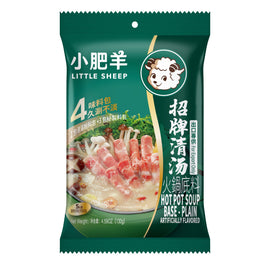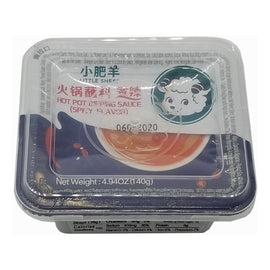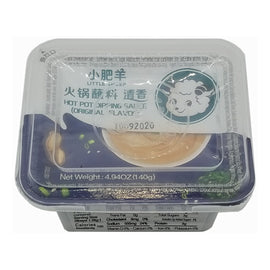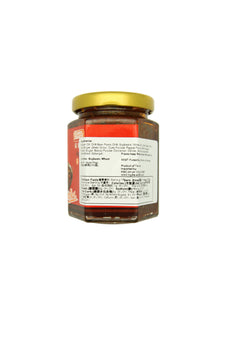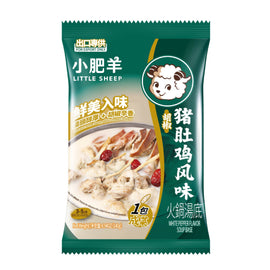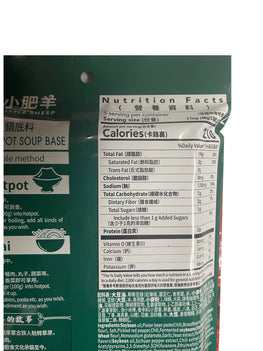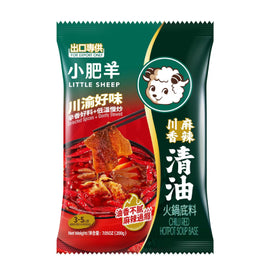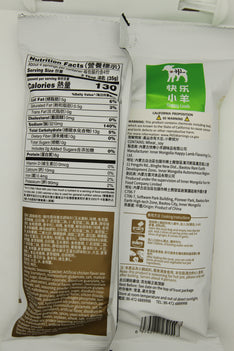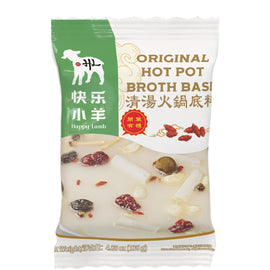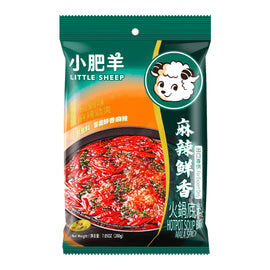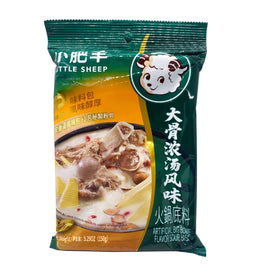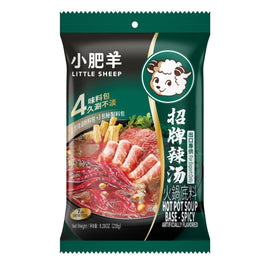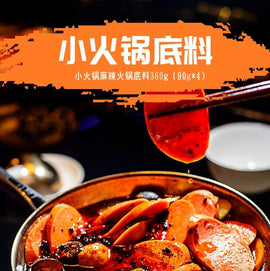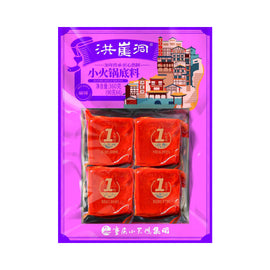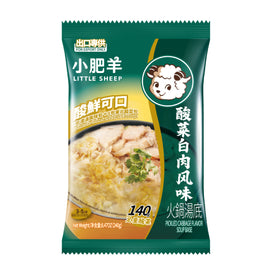Product successfully added to your shopping cart

Hot pot
More Than a Meal: How Hot Pot Weaves the Fabric of Chinese Culture
Discover the profound connection between a simmering pot and the heart of a nation.
Imagine the scene: a bubbling, aromatic pot sits at the center of the table, its steam carrying whispers of star anise, Sichuan pepper, and rich bone broth. Plates of thinly sliced meat, vibrant vegetables, and delicate tofu circle it like satellites. Laughter and conversation flow as freely as the tea. This is more than just dinner; this is hot pot (火锅, huǒguō), a culinary tradition that is profoundly and symbiotically woven into the very soul of Chinese culture.
It’s not just about what’s in the pot, but what happens around it. Hot pot is a living metaphor for harmony, community, and shared history.
The Pot as a Melting Pot: Unity in Diversity
At its core, hot pot is the ultimate expression of unity and inclusion. Unlike a pre-plated meal, it is customizable and democratic. Around a single pot, diverse tastes coexist and harmonize.
-
The Broth (汤底, tāngdǐ): The choice of broth—from the fiery, numbing málà of Chongqing to the mild, creamy bone broth of Canton—reflects China's vast geographical and cultural diversity. The popular "yin-yang" pot (鸳鸯锅, yuānyāng guō), split between spicy and mild, is a perfect symbol of balance and compromise, ensuring everyone has a place at the table.
-
The Ingredients (食材, shícái): There are no rigid rules. Diners choose from a myriad of options, from premium Wagyu beef to humble lotus root. This act of choosing and cooking your own food represents individual agency within a collective experience, mirroring the modern Chinese ethos of collective progress with personal ambition.
The Circle of Connection: Building Relationships One Dip at a Time
In a culture where relationships (关系, guānxi) are paramount, hot pot is the ultimate social catalyst. The round table signifies unity and equality, and the shared cooking process demands interaction.
-
Conversation: The time it takes to cook ingredients creates natural pauses and prompts conversation. You can’t rush a hot pot meal; it’s designed for lingering, for sharing stories, and for strengthening bonds between family, friends, and business partners.
-
The Act of Serving (招待, zhāodài): Placing a perfectly cooked slice of meat into a loved one’s bowl is a classic gesture of care and respect. It’s a non-verbal language of affection that transcends generations, making hot pot a staple at family reunions and festive celebrations like Chinese New Year, symbolizing warmth and reunion (团圆, tuányuán).
A Taste of History Simmering for Millennia
Hot pot isn't a modern trend; it’s history served hot. Its origins trace back over a thousand years to the Jin Dynasty, evolving from a simple meal for Mongol horsemen to a refined imperial banquet staple during the Qing Dynasty. Eating hot pot is to partake in a ritual that has warmed emperors and commoners alike through winters and celebrations for centuries. It is a tangible, edible link to the past, keeping tradition alive with every simmering pot.
Modern Revival: A Tradition That Never Cools Down
Today, hot pot has experienced a global renaissance. It’s a powerhouse of the culinary world, beloved by Gen Z and millennials for its experiential dining and "Instagrammable" vibes. Yet, even with modern twists—cheese-filled broths, robot servers, and global chains—the essential cultural DNA remains unchanged. It proves that some traditions don’t fade; they evolve, becoming more relevant than ever.

